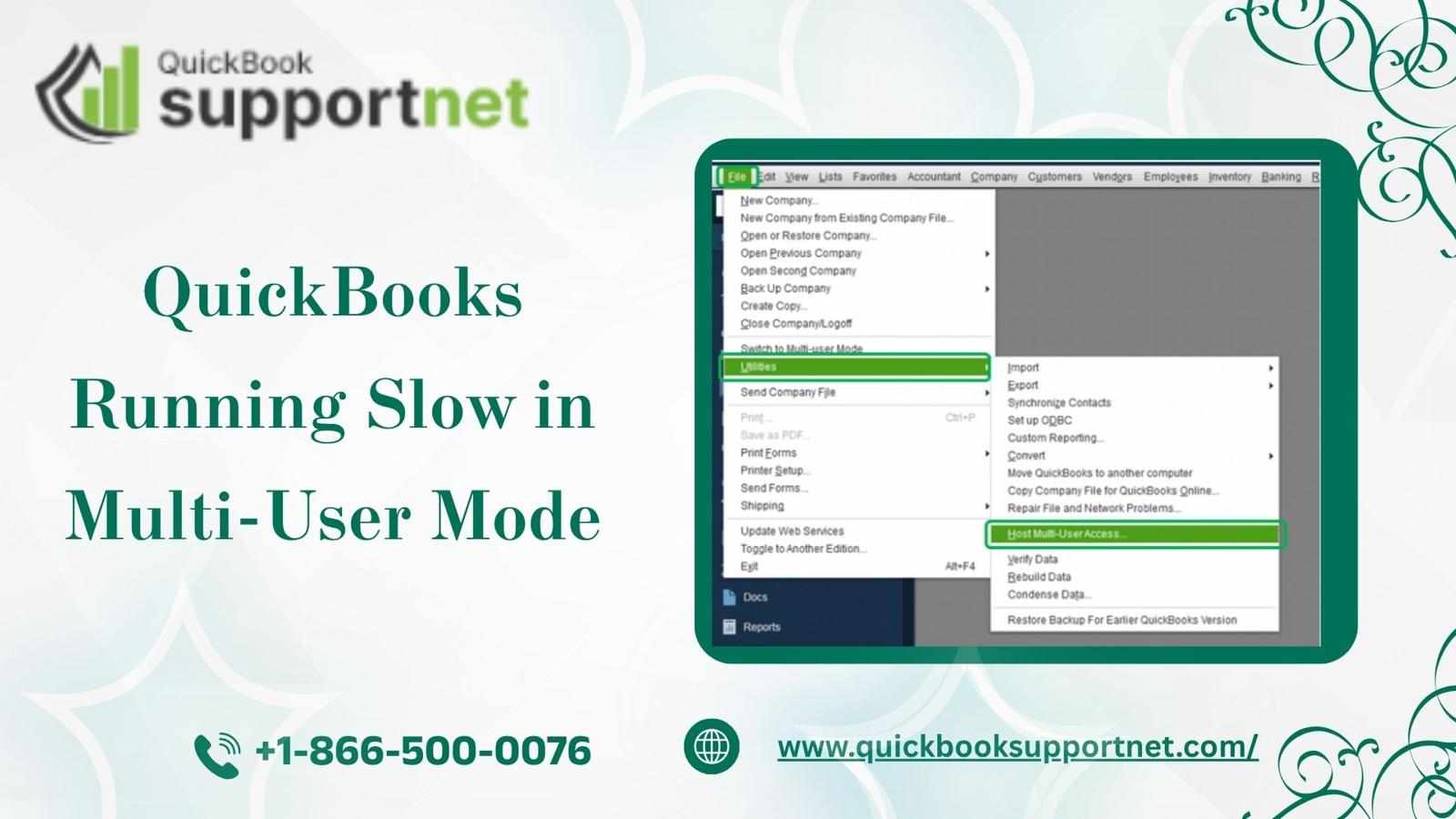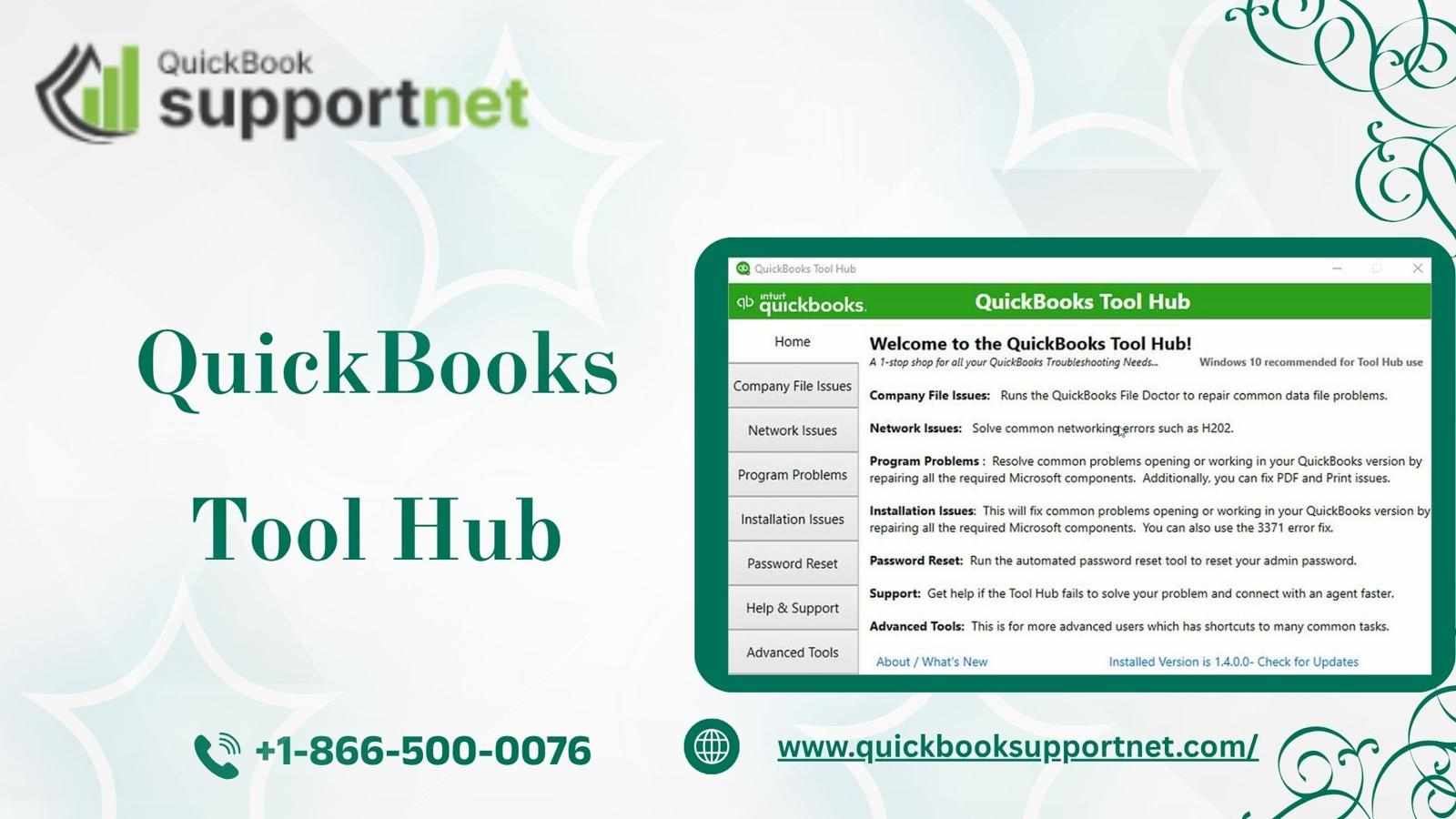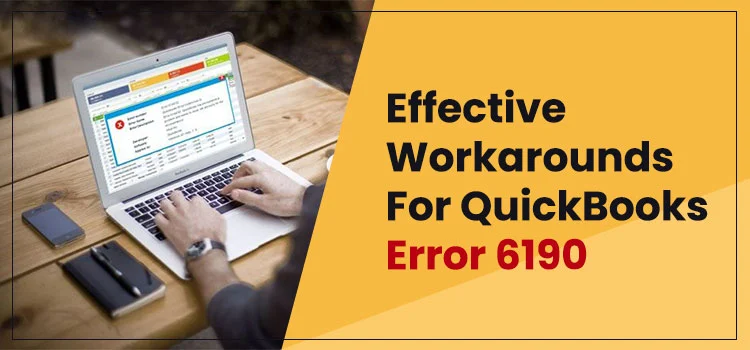
QuickBooks Desktop is a powerhouse accounting tool, but many users face performance issues when operating it in multi-user mode. If you're tired of watching the software crawl while your team works together, you’re not alone. One of the most searched issues is QuickBooks Running Slow in Multi-User Mode. Understanding the root causes and applying proven fixes can get your business back on track efficiently.
Is QuickBooks running slow in multi-user mode? Here's how to fix the issue and get your system back to speed. Call +1-866-500-0076 for instant support.
What Is Multi-User Mode in QuickBooks?
Multi-user mode allows multiple users to access the same company file simultaneously. It's vital for teamwork and collaboration in businesses. However, when performance dips, it can disrupt productivity, increase downtime, and lead to data errors.
Common Signs of QuickBooks Running Slow in Multi-User Mode
Before diving into solutions, it's important to recognize the symptoms. Here’s what to look out for:
Lagging or freezing when switching modules (invoices, payroll, etc.)
Delays in accessing company files
Trouble saving transactions or running reports
Sluggish response after logging into multi-user mode
Performance drop when more users log in
Top Reasons Why QuickBooks Is Running Slow in Multi-User Mode
Let’s explore the major causes behind this frustrating issue:
1. Inadequate Server Performance
If the host computer or server running QuickBooks isn't optimized, it becomes a bottleneck when multiple users access the company file.
2. Large Company File Size
As your business grows, so does the file size. A bloated QuickBooks data file slows down performance, especially in networked environments.
3. Network Issues
Weak or unstable network connections can drastically reduce performance for all users in multi-user mode.
4. Outdated QuickBooks Version
Running QuickBooks on an older version or not installing the latest patches can cause compatibility and speed issues.
5. Incorrect Hosting Settings
If multiple computers host the company file simultaneously, it leads to conflicts and degraded performance.
Essential Solutions to Fix QuickBooks Running Slow in Multi-User Mode
Let’s get straight to the action—how to fix it:
1. Optimize Server and Workstations
Use high-speed SSDs
Upgrade RAM to at least 8GB or more
Ensure the server has sufficient CPU power for multi-user load
2. Reduce Company File Size
Use the Condense Data Utility to shrink file size
Archive old data
Create portable company files for quicker access
3. Use QuickBooks Database Server Manager
Ensure the database server is installed and running on the host system. Rescan folders using:
QuickBooks Database Server Manager > Scan Folders > Add Folder > Start Scan
4. Configure Hosting Settings Properly
Only the server should host the file
Go to File > Utilities and ensure only the host computer has "Stop Hosting Multi-User Access" enabled
5. Update QuickBooks & Windows
Always use the latest release of QuickBooks
Keep your operating system updated for security and compatibility
Read This Blog: QuickBooks Error 15271
Additional Tips to Improve QuickBooks Performance in Multi-User Mode
✔ Check Network Speed
Make sure you're using a wired Ethernet connection rather than Wi-Fi for stability.
✔ Disable Antivirus/Firewall Conflicts Temporarily
Sometimes, security software interferes with QuickBooks processes. Whitelist QuickBooks-related ports and applications.
✔ Verify & Rebuild Data
Use the internal QuickBooks tool:
File > Utilities > Verify Data
If issues are found, use Rebuild Data to fix file integrity.
✔ Allocate More Memory
Use the Task Manager to give QuickBooks higher priority or consult IT to allocate more system resources.
Preventive Measures for Long-Term Speed Optimization
Schedule regular file maintenance
Keep user limits in check based on your QuickBooks license
Set up a dedicated server just for QuickBooks
Backup your data frequently and monitor logs for slow queries
Conclusion:
Dealing with QuickBooks Running Slow in Multi-User Mode is frustrating, but not unsolvable. With the right approach—identifying causes, applying targeted fixes, and optimizing your systems—you can restore QuickBooks to peak performance and maintain a smooth workflow across all users.






Write a comment ...